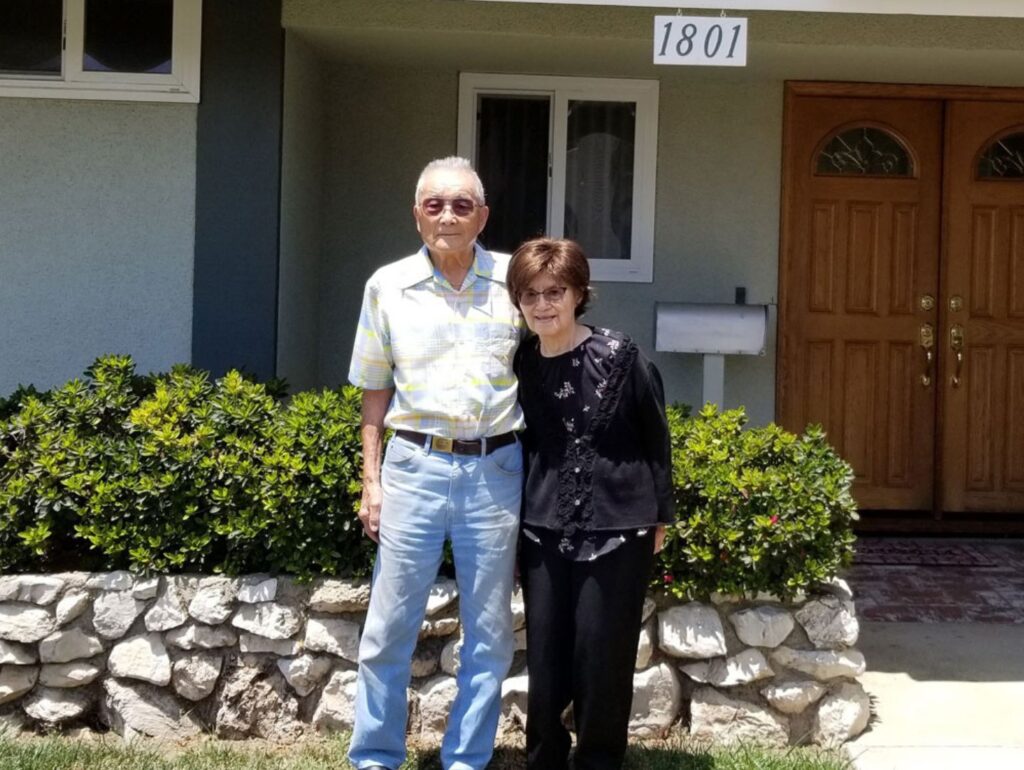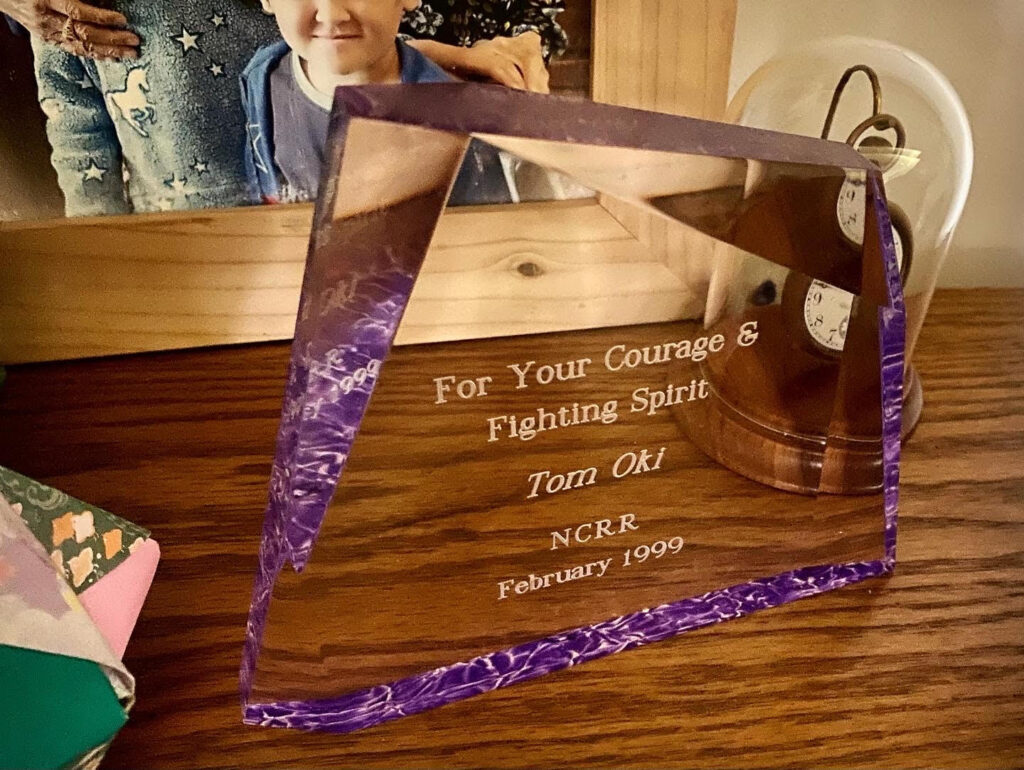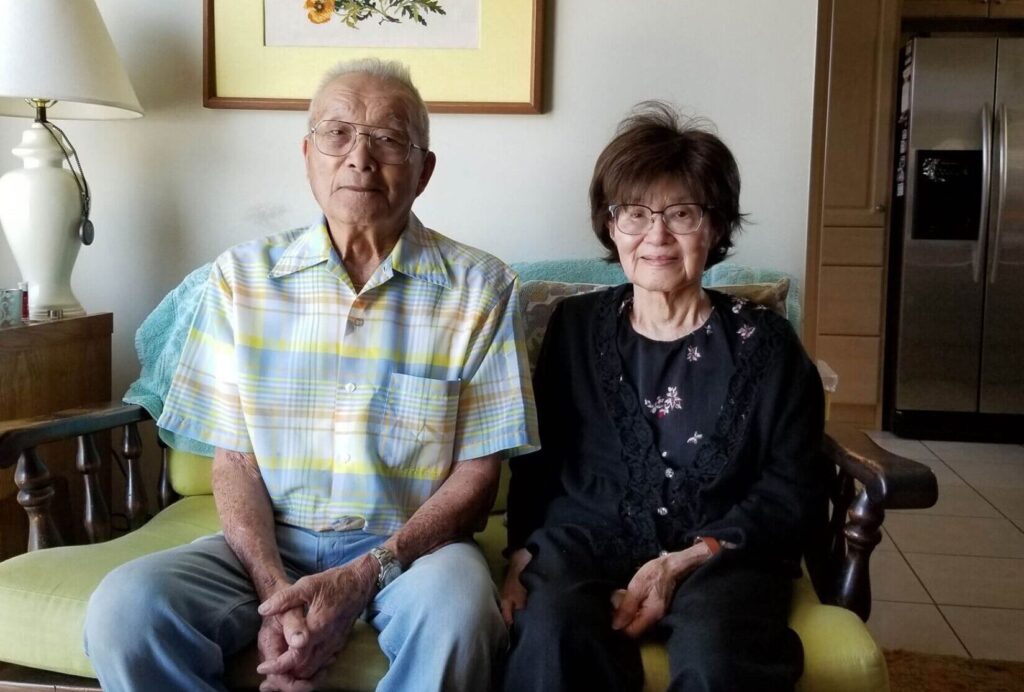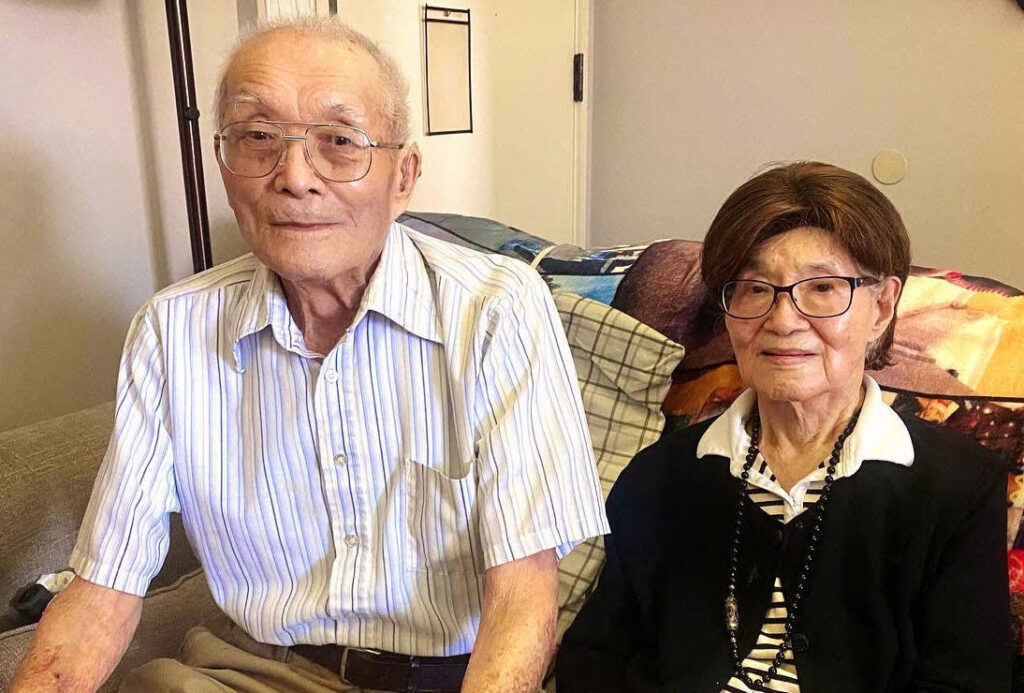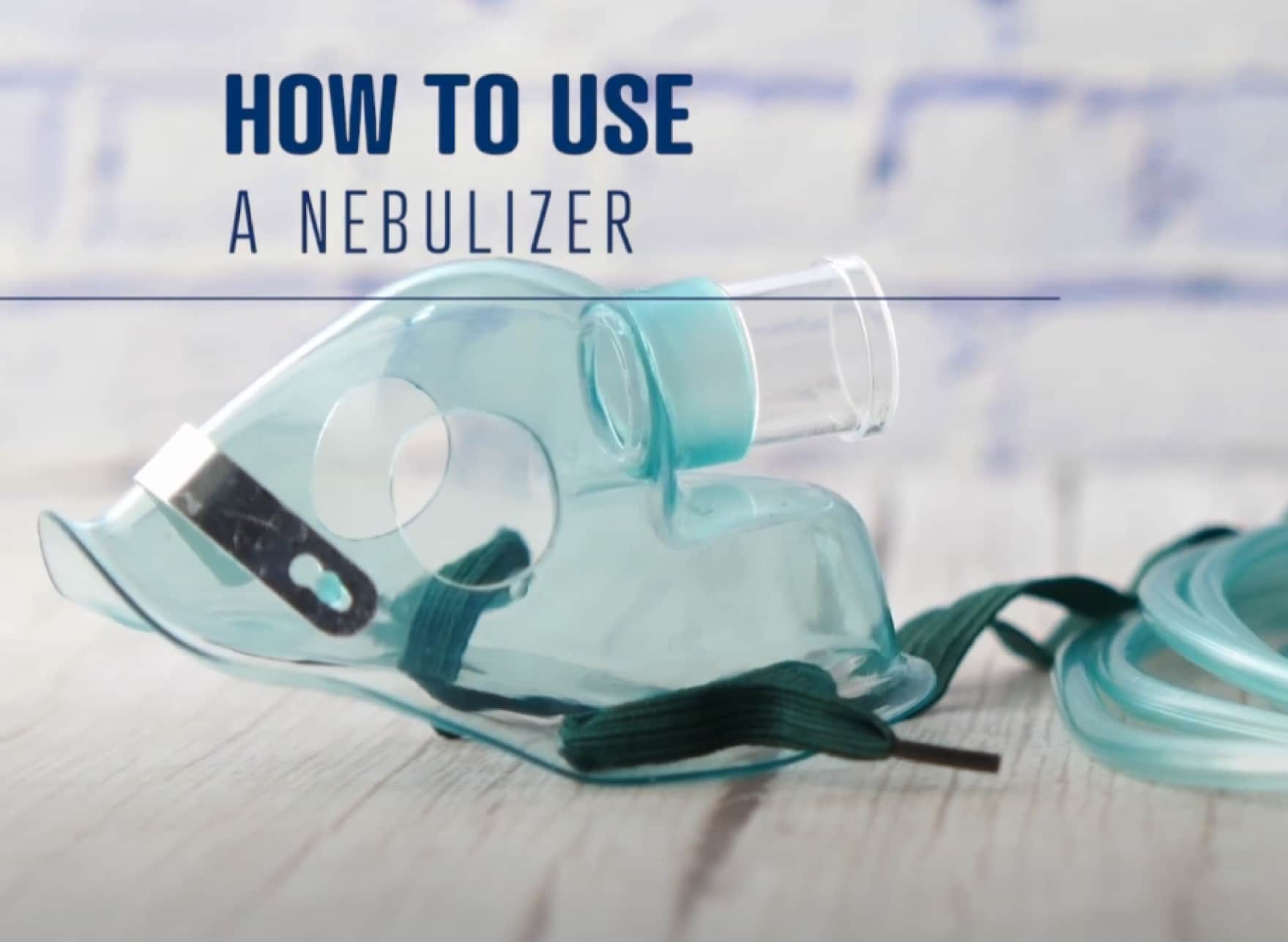104 and Counting
Patient & FamiliesIf you or someone you know has a Healing Care Hospice story that you would like to share, please contact our Marketing Department at jperera@healingcarehospice.com.
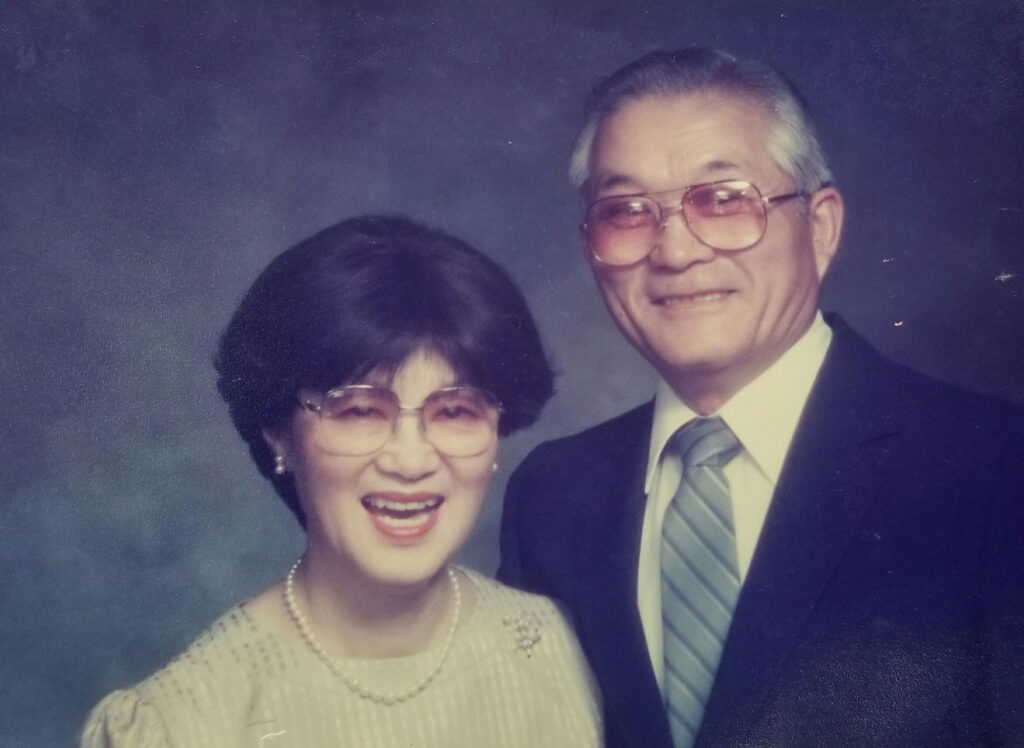
The Fascinating Story of Tom Yoshio Oki
Healing Care Hospice patient, Tom Yoshio Oki, has witnessed a remarkable span of history bridging the tenures of 19 United States presidents, persevered through the trials of the Great Depression and the turmoil of World War II – including the era of Japanese internment – and has now reached the milestone age of 104, living into the heart of modern history.
“Wow – 104!” I say in awe as we start our conversation. “And I’ll be 103 in December,” Tom’s wife, Yuki, adds.
But Tom is not one to marvel at his own age. “Well, I shouldn’t be alive…all my friends are dead,” Tom states matter-of-factly, through deep pauses.
“Can’t believe it…and we’re still living,” Yuki remarks in disbelief herself.
“But what a life you must have lived…both of you,” I add, encouragingly.
“Oh yes…yes…” Yuki agrees, reflecting as she looks at Tom, her husband of almost seven decades. “It’s a long story…how much time you got?”
—
A Farmer’s Recollection of War and the Japanese Internment Camp
Born in Sacramento, California in 1919, Tom is one of four children. However, having outlived the rest of his family, he remains its last living member. Tom identifies as a farmer, which doubled as his occupation and pastime for most of his life. He particularly speaks fondly about working at an open market fruit stand in Montebello, California.
“…Good days, I got about thirty-five cents; bad days, about twenty-five,” Tom says with a laugh, reminiscing. “It was pleasant…hard work but a pleasant time.” You would never think that he is talking about the Great Depression. “People from Pasadena used to go to Long Beach during the summertime. Going home, they stopped by to buy vegetables.” Tom took the meager wages he earned for the day and gave them to his mother. In turn, his mother used the money to buy the family a quarter gallon of milk and a loaf of bread. Yet, Tom does admit, “It wasn’t easy. Farming never got easy. You could feel the Depression all the time in farming.”
Then came 1939, the year that simultaneously marked the alleged end of the Great Depression and the horrifying beginning of World War II. Two months after the Japanese military attacked the United States naval base at Pearl Harbor, President Franklin D. Roosevelt signed Executive Order 9066. EO 9066 approved the relocation of Japanese Americans on U.S. soil to leave their homes and enter internment camps to deter potential Japanese espionage.[1] However, despite the emphasis that many history books tend to make on the bombing of Pearl Harbor being the powder keg that began the War, Tom sheds light on what he believes was the catalyst behind the attack. “Roosevelt didn’t want to go to war. Churchill is the one that pushed him. What they had planned was to intimidate the nation of Japan. They put an embargo on them, so Japan could get nothing outside of its nation…so Japan retaliated.”
“When the War started, I was in the cabbage patch, harvesting cabbage,” Tom recalls. “People near the farm on the street were yelling, ‘War! War!’ That’s how I found out. Then we left the farm, everything just as is, and we walked out of the farm with just one suitcase. The farm, the ranch, the dwelling…and I had a couple of horses…I had a truck, I had an automobile…they were all gone. One suitcase and you report to a certain spot. We went to the Pomona Fairgrounds. I think we stayed for six months. And then, during those six months, they built barracks. In Wyoming, there were ten of them. Each one held about 10,000 people.”
Despite Tom’s age, he recollects his experience from eighty-four years ago with as much precision as if it happened yesterday. “The first day we went there, they gave us a gunnysack. They said, ‘Go out there in the yard, there’s some straw. Put straw in there.’ So you filled up the bag with straw as a mattress and you [slept] on that. That was about for three months.”
However, Tom’s stay at the camp did not last long because the beginning of internment saw a shortage of farm workers. Therefore, farmers went into the camps to ask for workers. “Even though we were in prison, the government released the people that went to the farm. So, we went to the farm. We harvested sugar beet…and green peas.” While farming was back-breaking work, for Tom, it was another day doing what he usually did. “Physically, I did hard work…nothing easy, since the day I was a kid.”
The strength of the interned did not get overlooked by the United States government, which was losing soldiers quickly and was desperately looking to replace them. “I was called for an induction to a physical. They were recruiting people who were soldiers. If you were able-bodied, you were 1C. You were graded according to how you were living. Are you crippled? Are you sick? Anyway, we were 1C. So, we were liable for a physical. I didn’t go.”
“I was in a group of about 40 of them. We resisted,” Tom recalls, “We said, ‘How can you recruit from camp people who are 1C, who is a “foreigner.”’ We were classes of foreigners. So, we resisted. We took that and hired an attorney. To hire an attorney, we needed money. All the guys that resisted, they went out to work [on the] Montana farms, and earn enough money to pay for the attorney.”
Despite their passion for the cause, the group of trailblazers had little hope that they would win their fight. “When the trial came, we went to Cheyenne, Wyoming. We already knew we were going to be found guilty because Wyoming [residents] didn’t like the Japanese. They didn’t want that camp there. And the attorney didn’t like us. Anyway, the judge and the attorney already knew what the verdict was. They sent us for three years to a penitentiary in Washington [on] McNeil Island.” McNeil Island Penitentiary was opened in 1875 by the federal government, its most infamous inmates being Robert Stroud, Charles Manson, and Alvin Karpis.[2]
Tom states, “…One soldier told me he killed his lieutenant because he was a young recruit, and he was making them do hard work. He was in there for shooting him. There was a lot of people who were [apart of the] black market, especially murder, and we were all in the same jail.”
“You told them, who’s gonna take care of your parents,” Yuki interrupts to get Tom back on track.
Without skipping a beat, Tom continues, “I said, ‘if I do go to be a soldier, how much guarantee you got for my folks living in a camp, worrying. Who’s going to support them?’ Supreme Court doesn’t recognize none of that. So, we resisted. Stayed in the penitentiary for two years.”
Yuki scoffs. “He was in jail,” she adds, as if to set the record straight.
“I’ve been in jail in Utah, Salt Lake; Idaho; Washington…,” Tom begins listing, unapologetically.
Yuki laughs again, “And everyone said, ‘you gonna marry someone that was in jail?”
“The crime we committed was resisting,” Tom circles back. “Roosevelt condemned us. We got two years. But while we were in jail, we served about two-thirds of our time. Remember President Truman? He pardoned us. He says that it’s wrong because [we] were imprisoned in a camp. ‘Pull them out. Make a soldier out of them.’” In 1947, President Harry S. Truman pardoned these “draft dodgers,” granting them their political and civil rights again as citizens of the United States.[3]
“Reagan was…good. We all got $20,000 for being put in a camp and all that,” Yuki begins reminiscing.
Tom scoffs. “Money, money, money. You always talk about money… I’m too damn old to be thinking about money!”
—
Yuki “Suzie” Oki’s Story
Born in 1920 in Bell, California, Yuki “Suzie” Oki is the middle child in a family of five children. Like Tom, she is the only surviving member of her family. Yuki distinctly remembers the internment camps that she and many other Japanese Americans were forced into in the wake of WWII. She and her family were based in Rohwer, Arkansas. Yuki mentions that they traveled to Chicago, Illinois when the government released her and her two sisters. “I didn’t know anything,” Yuki explains, “so I went for housekeeping. I didn’t know what to do. I never cleaned a house…an American home. And they told me to cook tongue, I said, ‘Hey, what’s tongue?’”
Nevertheless, despite their hardships and all that they went through, neither Tom nor Yuki recall having faced racism during their lifetime. Yuki reflects, “We met so many beautiful people that were so nice to us…the American people were so nice, I could never forget them.”
—
Decades of Marriage and a Missing Finger: The Importance of Documenting Oral Histories
Having met in 1956 at a barber shop and bath house on East Fourth Street that one of their mutual friends owned, Tom and Yuki have been married for 67 years. Even though Yuki says she had a boyfriend at the time, their friends encouraged Tom and Yuki to go out to dinner and a show. Yuki recalls Tom showing up “in a nice suit and a fancy car that he borrowed from his brother” to pick her up. Tom adds that he took her to Lawry’s Steakhouse in Beverly Hills, California.
“Why did you get married?” I ask the couple. Tom stays silent while Yuki laughs. “I wonder about that sometimes too,” she replies humorously. “My parents were worried about me because I wasn’t married. I was going to stay single. I don’t know what happened. I guess my parents wanted me to get married, so I got married.”
“And what about you, Mr. Oki, why did you marry Yuki?” I inquire.
“I know,” Yuki jumps in before Tom can respond.
Ignoring his wife’s comment, Tom ponders, “Well, I didn’t have any girlfriend and my mother encouraged me to get married.”
“You said my face was white,” Yuki interrupts again, unveiling a mischievous smile as if she just revealed one of Tom’s secrets.
Tom continues with a laugh, “If it wasn’t for my family friend telling me to meet her, I think I would be single up to now. I didn’t think about getting married. I was having too good of a time. You see…before I met her, I was a bum on First Street. There were about seven or eight of us. I used to spend the evening in a tavern…I used to drink until about two o’clock in the morning. Then go home, take a bath, get up in the morning, and I used to go to work…gardening. You know, taking care of the yard for people. Then go after supper, take a shower, go out.”
“That’s why you didn’t have any money,” Yuki adds with another laugh, remembering.
“But one thing I could say is that from the time I met her,” Tom turns to look at his wife, “just like that, my contact with my buddies was gone. Never went out anymore. We never kept a beer in our home. I quit smoking. I quit drinking. But I’ll never forget keeping my body strong: I used to exercise or do something in the yard.”
“Right now, he’s so skinny. I call him, Skinny,” Yuki adds, playfully poking Tom in the arm.
Tom stays silent again, but this time, I offer something for Yuki to consider. “He is a hundred years old,” I smile. Yuki laughs and pats her husband on the thigh.
“I never thought about relaxing,” Tom continues nonchalantly, unbothered by Yuki or me. “[Since] we got a home, I used to go out and use the shovel, turn the soil over, and then I went down to the… what’s that place called…? The Home Depot. I used to get mulch to grow vegetables. I dug the whole front yard with a shovel. I kept active. I would never sit down. [While we were in] Oxnard, it was the first time the television came out. I never sat down to watch television. I was always in the backyard, growing vegetables.”
Tom then talks about when he was a supervisor at a vegetable plant, having to inspect the vegetables coming in and monitoring the freezer belt. “You had to keep walking. One day I put a pedometer on. I walked twenty miles. One day. Ten hours. I always stayed active.” It is no surprise that Tom attributes his lengthy life to consistently being active.
I am delighted by our conversation, and my thirst to know more grows with each new story Tom and Yuki share. I continue by asking Tom about the rings on his fingers, noticing that he is wearing two but that neither of them are on his ring fingers. Yuki cuts in, “He has only four fingers. Did you notice that? The ring got caught where he was working, and he lost his finger. He’s Mickey Mouse.”
“This,” Tom explains, holding up his four-fingered hand. “I lost [on] my job. I tried to get off the vegetables that got stuck on the belt so when I cleared it and tried to get off, I hung onto one of the pipes, and the pipe had a razor on it and hooked on my ring and pulled my finger. The doctor tried to put it together, but the finger [had] turned black. So instead of cutting the finger here, he took the whole thing off up til here…It doesn’t bother me.”
With that, the dinner announcement rings out through the apartment and threatens to end our time together. I quickly ask whether I can take a picture of them together. Yuki immediately responds that she is no longer photogenic. Still, I convince her to take a picture by saying that photos are lasting ways to capture moments in time.
“Tom, she’s going to take a picture. Give her a big smile.” I take the picture. “Nice to talk to you,” Yuki says with the biggest smile. “I enjoyed talking to you.”
“We don’t have many people talking to us,” Tom adds as he stands to get his walker.
My heart breaks as I hear this, but I take the opportunity to bring up something that I have been wondering about since realizing how easily the pair opens up to me, a complete stranger. “Would you like someone to come speak with you regularly? You know hospice provides you more services than a nurse.”
“What kind of services?” Yuki inquires. I explain that, under our care, each patient has a team of people looking out for them, called the Hospice Care Team. I bring up the option of having a social worker, chaplain, and volunteer visit them, services that Tom’s file states have always been declined under our care.
“I guess it’s a lot of work,” Yuki states.
“No, it’s a part of our service,” I clarify.
“Oh…,” Yuki responds with understanding. She turns to Tom, “You like that? Would you like to have people come and talk to you? To be friends. Because you always just sit here…” Tom gives a nod of approval while putting on his coat. Yuki smiles.
“Thank you very much,” Tom says as I shake his hand, “Good to meet you.”
As I leave their senior living residence, it strikes me that this may be the last time that I speak with them. However, they are now more than names on paperwork and numbers in a chart. They are now a story that I have the privilege of telling. Although my time with the Okis was short, their words will be in my memory for a lifetime, and their memories will live on through everyone who reads these words.
—
It goes without saying that this meeting was only possible with a staff that goes out of their way to do more than the base expectations of their job. Thank you to Angela Benitez, our very own Registered Nurse, Professional Development Manager, for figuring out that Tom would be turning 104, thus making him our oldest living patient, and alerting me about this information so I could jump at the opportunity to interview him. Another thank you to Leylan Avalos, our Manager of Social Services, for coordinating my visit to meet with Tom.
If not for our team of diligent and compassionate people, the Okis may never have been able to share their story, and we may never have known why Tom only has four fingers on his right hand. Our social workers, chaplains, and volunteers may also have missed the opportunity to enjoy the Okis’ presence and stories. I am grateful to be in a position where I can feel as accomplished as I did leaving my visit with the Okis and to be a part of a company that values every one of its patients. Lastly, thank you to Tom and his family for allowing us a chance to be a part of this unforgettable oral history.
Written by V Perera
Edited by Andres Murillo, Sam Ramirez, and Gabriela Ruiz 10 November 2023
[1] National Archives. “Executive Order 9066: Resulting in Japanese-American Internment (1942).” National Archives, 22 Sept. 2021,
www.archives.gov/milestone-documents/executive-order-9066.
[2] “McNeil Island History.” Washington State Department of Corrections.
https://www.doc.wa.gov/about/agency/history/micc.htm.
[3] The Suyama Project. University of California Los Angeles, Asian American Studies Center.
https://www.aasc.ucla.edu/storybooks/suyama/lc_draftresisters.aspx
